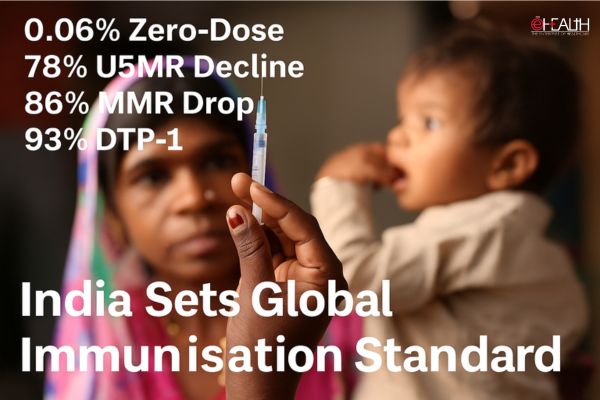
Leading medical experts from India and the Asia Pacific region have warned that without major changes to screening and treatment for chronic liver disease, the region risks losing its battle to contain a rapidly increasing cancer which is already the second leading cause of cancer deaths globally.
With a million new cancer cases being reported every year in India, doctors are of the opinion that cancers in the lung, stomach, liver, colon and breast contribute majorly to the estimated 500,000 deaths every year. According to WHO, the cancer related casualties in India is likely to rise to 700,000 by 2015.

According to Dr Bobby John, utive Director of Global Health Advocates India, the increasing cases of liver cancer in the entire region, including India, was a key focus area of discussions during the recently concluded Asian Pacific Association for the Study of Liver (APASL) 2014 in Brisbane.

Liver cancer is the end stage of chronic liver disease, which includes diseases such as hepatitis B and C as well as non-alcoholic fatty liver disease (NAFLD).

In the Asia Pacific region it is estimated that 340 million people are affected by viral hepatitis alone and NAFLD, due to obesity, is becoming a key cause of chronic liver disease.

The situation in India seems to be grim with an estimated 25-40 million people living with Hepatitis B and C, said Dr Samir Shah, the Founder Trustee of National Liver Foundation (NLF) and head of department of Hepatology, Global Hospitals, Mumbai.
Both Dr John and Dr Shah had attended APASL and were part of the discussions with the medical community to chalk out realistic programmes to arrest the spread of liver diseases, particularly those caused due to the Hepatitis virus.
While in Australia, liver cancer has increased almost 50% in the previous decade and the number of deaths nearly doubled (778 in 2001 to 1,423 in 2011), in China, the prence of fatty liver increased from about 14% in 1996 to 23% in 2004; it affects about 22% of people in Malaysia, 30% in Japan and 30% in Sri Lanka.
Strategies to increase screening and treatment programs in high-risk populations are urgently needed across the region, including India, said Dr Shah, emphasizing on the need for mass screening for liver diseases.
According to Dr John, without an effective screening protocol, measures to prevent the progression of liver disease and risk of liver cancer cannot be implemented.
Professor Amany Zekry, chair of the Australian Liver Association said that with hepatitis B and C infections, new treatments are offering exceptionally high rates of cure which will also help reduce the rates of liver scarring and hopefully, the burden of liver cancer. Better treatment prevents transmission of the virus, but people with hepatitis need to be diagnosed and referred to engage with treatment. Thats an issue across the region and globally.
Chronic liver disease is one of the biggest health issues in the Asia Pacific region. APASL 2014 was an opportunity to come together to encourage a more effective public policy response in prevention and access to services across the region, Prof Zekrysaid.
Be a part of Elets Collaborative Initiatives. Join Us for Upcoming Events and explore business opportunities. Like us on Facebook , connect with us on LinkedIn and follow us on Twitter , Instagram.
"Exciting news! Elets technomedia is now on WhatsApp Channels Subscribe today by clicking the link and stay updated with the latest insights!" Click here!
















